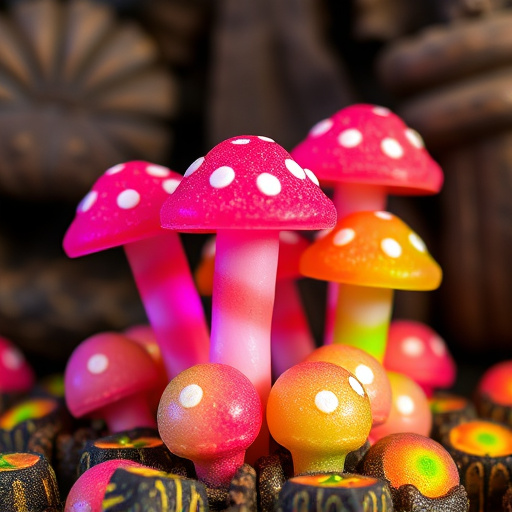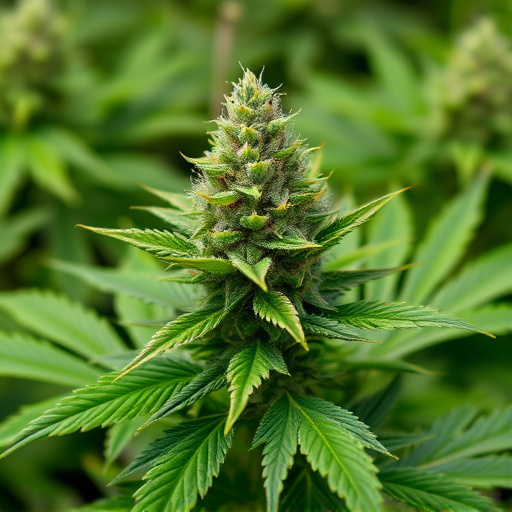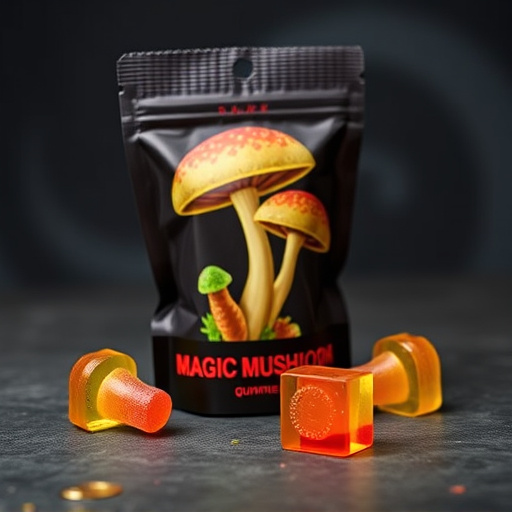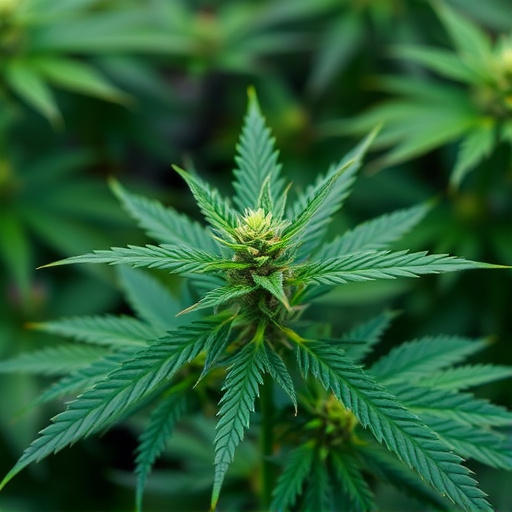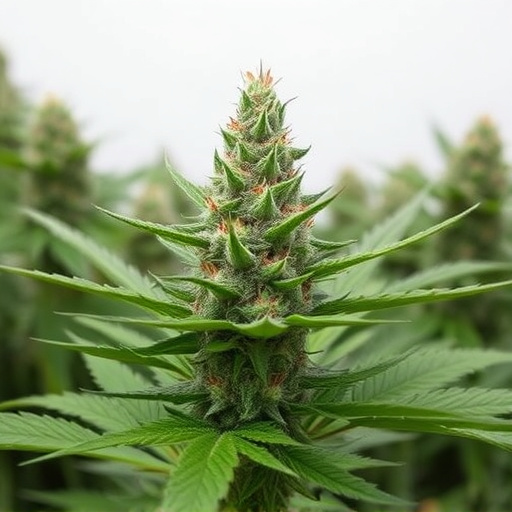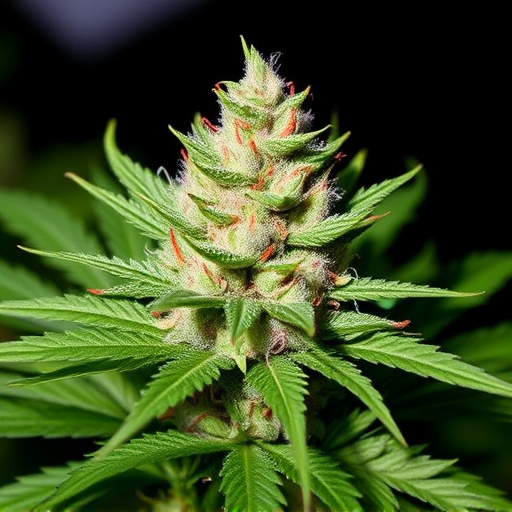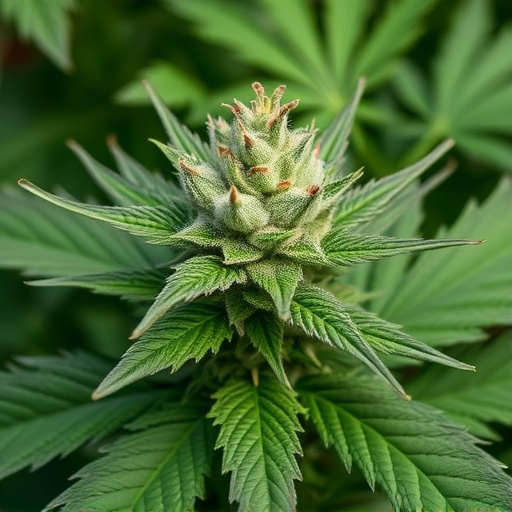Enhancing cannabis experiences through edibles requires understanding strain fundamentals, terpene profiles, and cannabinoid content, with THC often exceeding 20%. Individual tolerance and consumption methods also factor in. Nutritional choices can significantly impact the effects of popular strains like Blue Dream and OG Kush, as certain nutrients enhance absorption and influence terpene levels. Everyday foods, rich in omega-3 fatty acids and antioxidants, can intensify cannabis experiences by amplifying THC availability, reflecting a growing trend in culinary cannabis creations.
Curious about whether your diet can amplify the effects of cannabis? This guide explores the fascinating connection between nutrition and weed potency. We’ll delve into the world of cannabis strains, understanding that each variety possesses unique characteristics. Additionally, we’ll uncover how specific foods might interact with these popular strains, potentially enhancing their strength and impact. Get ready to discover a unique approach to maximizing your cannabis experience.
- Understanding Cannabis Strains and Their Potency
- The Role of Nutrition in Enhancing Cannabis Effects
- Exploring Common Foods and Their Potential Impact on Weed Strength
Understanding Cannabis Strains and Their Potency
Cannabis users often wonder if certain foods can enhance their high, and while the effects of edibles on potency are debated, understanding the fundamentals of cannabis strains is key to this discussion. The most popular cannabis strains vary in their unique chemical compositions, primarily due to differences in terpene profiles and cannabinoid content. Terpenes, aromatic compounds found naturally in plants, contribute significantly to the scent, flavor, and potential effects of different strains. For instance, myrcene, a common terpene, is known for its relaxing properties, while limonene offers a more uplifting high.
As for potency, cannabis strain strength can range widely, measured primarily by tetrahydrocannabinol (THC) levels. The most popular strains often boast THC concentrations exceeding 20%, significantly higher than average. However, it’s important to note that simply consuming foods with high THC content won’t necessarily make your next hit stronger; the body processes cannabis differently depending on method of consumption and individual tolerance. Thus, while understanding strain dynamics is crucial for informed decisions, other factors play a significant role in determining the potency of one’s cannabis experience.
The Role of Nutrition in Enhancing Cannabis Effects

The role of nutrition plays a surprising yet significant part in enhancing the effects of cannabis. While the primary focus is often on the plant’s chemical composition, such as THC and CBD levels, what we consume before and alongside smoking or edibles can intensify or alter these experiences. Certain nutrients found in common foods have been linked to potential boosts in cannabis potency. For instance, fats and oils enhance absorption, allowing for a more pronounced effect from smaller doses. Vitamin B6, present in many fruits and vegetables, is believed to increase the body’s production of endocannabinoids, which can amplify the high.
Beyond this, specific dietary choices among the most popular cannabis strains might influence their unique attributes. Different strains offer varied effects, from energetic and euphoric to relaxing and sedating. Nutritional factors could contribute to these differences. For example, higher levels of certain terpenes, aromatic compounds that give strains their distinct smells, are sometimes associated with specific nutritional profiles. Understanding how diet interacts with cannabis is an evolving field, offering potential for enhancing the overall experience and tailoring it to individual preferences.
Exploring Common Foods and Their Potential Impact on Weed Strength

In the ever-evolving world of cannabis, understanding how diet can influence its potency is a fascinating topic for both enthusiasts and researchers. Exploring common foods and their potential impact on weed strength reveals an intriguing connection. Certain nutrients found in everyday eats might enhance or alter the effects of different cannabis strains. For instance, foods rich in omega-3 fatty acids, like salmon and flaxseeds, are known to boost brain function, potentially intensifying the mental clarity often sought after by users of popular cannabis strains like Blue Dream or OG Kush.
Additionally, antioxidants present in colorful vegetables and fruits can interact with cannabis compounds. Foods like berries, leafy greens, and pomegranates may increase the availability of THC (the primary psychoactive compound) in the body, thereby amplifying its effects. This could be particularly relevant when considering the growing trend of incorporating cannabis into various culinary creations, where these nutritious ingredients might play a surprising role in enhancing the overall experience.
In conclusion, while certain foods may influence the perceived strength of cannabis, understanding the complexities of different strains and their natural potencies is key. The role of nutrition can enhance or modify cannabis effects, but it’s important to remember that the experience varies greatly among individuals. When exploring popular cannabis strains, knowledge about their unique profiles allows users to make informed choices. While some foods may offer intriguing potential benefits, ultimately, the most effective way to enjoy a desired cannabis experience is through responsible consumption and strain selection.
